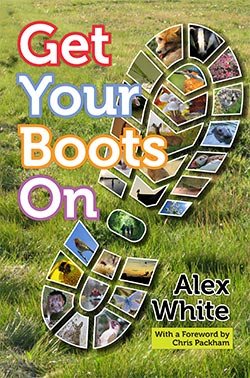It was a great surprise to see a clip of a Polecat on my trail camera this morning. I’ve only seen them twice before on my local patch.
Once in March 2017 and again in February 2019. This morning’s polecat was seen in exactly the same place that it showed up two years ago.
The screenshots taken from the trail camera clip.


Polecats are members of the Mustelid family just like badgers and weasels. They are around the same size as a ferret and live roughly 5 years in the wild.
Polecats eat rabbits and are often found near rabbit burrows, rats, frogs and sometimes birds and worms.
Protected in the UK under the Wildlife and Countryside Act, 1981. The polecat has recently (2007) been added to the list of UK BAP mammals, protected as species of principal importance for the conservation of biological diversity in England under Section 74 of the Countryside and Rights of Way (CRoW) Act 2000. (Ref Mammal Society)
Being protected polecats are not so much at risk of the persecution they once faced, but they are vulnerable both to being killed on the road and to secondary rodenticide poisoning. They can also get caught in traps set for animals such as squirrels and weasels.
Polecats were called a ‘foul marten’ because they produce a strong smell to mark their territory or when they feel threatened. The Latin putorius translates to “stench” or “stink”.
I’ve been searching the internet looking for something nice to say about Polecats to finish off, perhaps something in folklore but they are always portrayed as negative.
Get Your Boots On by Alex White



















💖 Awesome! Great info, screenshots & video clip, of course. 😁
LikeLike
Well they do look cute. I would love to see one. 🙂
LikeLike